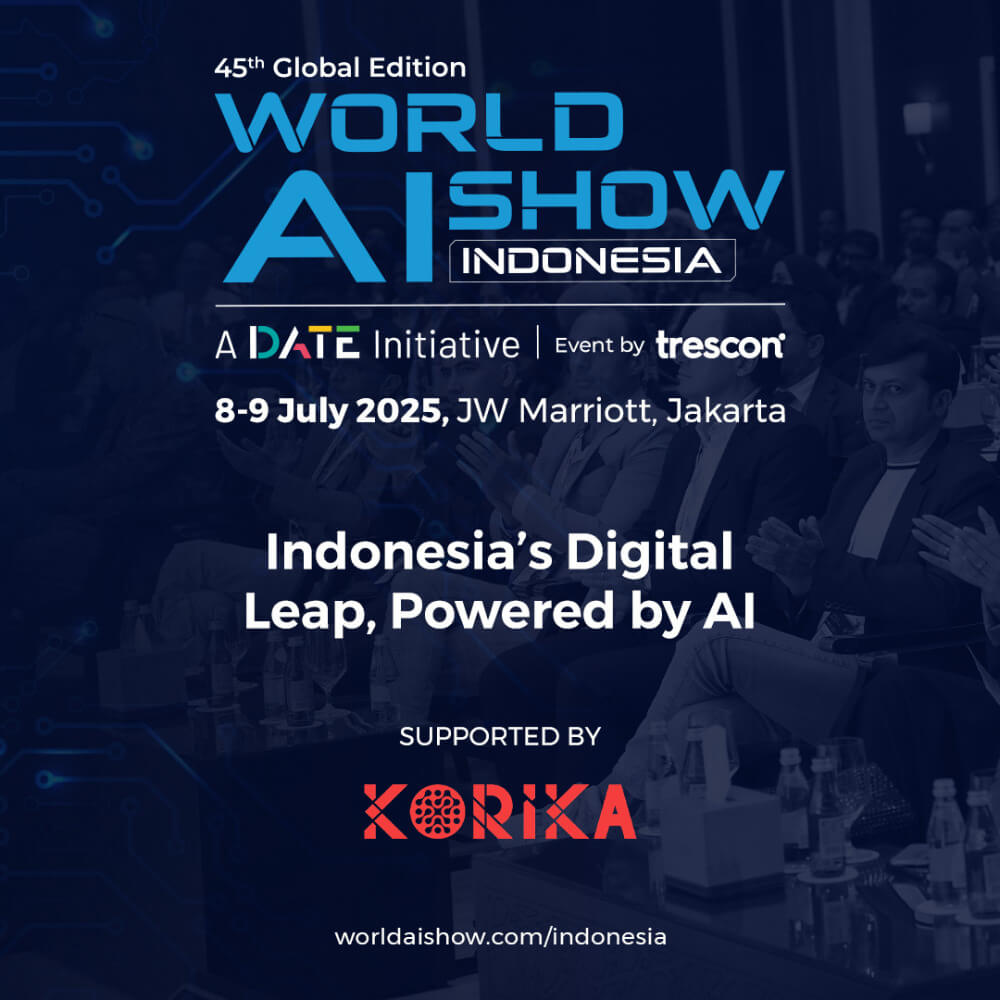“Instead of competing against global companies that pour out their multi-billion dollars on this technology, local companies should build partnerships with them and focus on presenting a local solution using their technology.”
Heaptalk, Jakarta — AI technology, such as Chat GPT, has taken the world by storm due to its ability to produce an engagement in a more human-like interactive conversation rather than a numerical score or a yes-or-no answer. Since its release, namely on November 2022, this technology is believed can revolutionize business and industry.
Responding to this trend, the CTO of GDP Venture, On Lee during GDP Venture Power Lunch (03/15) delivered, “Actually, we have utilized AI for many years, but a lot of people do not realize it. When we use our smartphones, the features like autocorrect also is categorized as AI. When we search information from Google and Facebook, at the same time AI is running in the background.”
He added that the lack of people’s recognition of AI is part of the nature of technology. When technology is used oftentimes, it becomes more common and stick to people’s daily activities. Its appearance, further, is treated as a ‘normal’ condition.
In its adoption, AI has been widely utilized by governments, agencies, and entrepreneurs. Lee stated that on August 2020, the Minister of R&D, Professor Bambang Brojonegoro announced the national AI strategy based on the instruction of Indonesia’s President, Joko ‘Jokowi’ Widodo. Multiple businesses also have deployed this technology, although it is not evenly distributed.
However, as this technology develops rapidly, the popularity of AI increases significantly – has been proven by the number of OpenAI users which attained 1 million people within one week of its launch. Lee stated that this trend is happening as companies make great breakthroughs, making something possible to be done. Moreover, today’s AI also is simple and can be utilized by everyone.
From a business perspective, Lee categorized this technology into three levels, infrastructure, middle, and application. Lee delivered that the infrastructure in Indonesia is very limited to develop this technology. Building infrastructure requires tremendous capital, excellent resources, and super advanced computers. He added that generally, only two countries join the competition, the US and China.
In the middle layer, Lee stated that this technology would be more interesting. However, considering AI’s groundbreaking, Lee stated that Indonesia could focus on its adoption. Lee further draws on an analogy between AI and OS.
“We could treat this technology like OS or IOS, everyone will use this OS or IOS, but what should be highlighted is how we implement AI, a technology that these big companies invent. We do not need to reinvent this technology, but can take benefit from this technology into a ‘platform’ that will be useful for our lives.”
Instead of competing against global companies that pour out their multi-billion dollars on this technology, Lee suggested local companies to build partnerships with them and focus on presenting a local solution using their technology.
“As an example, any software must be localized before being marketed in Indonesia. We can localize this technology more specifically by utilizing our immense local data, as AI is based on data. We have tremendous data – such as ID Card. These big companies (Microsoft, Google) will not pay attention to this specific data, but for us, the data is priceless because it may open many business opportunities considering our great market.”











